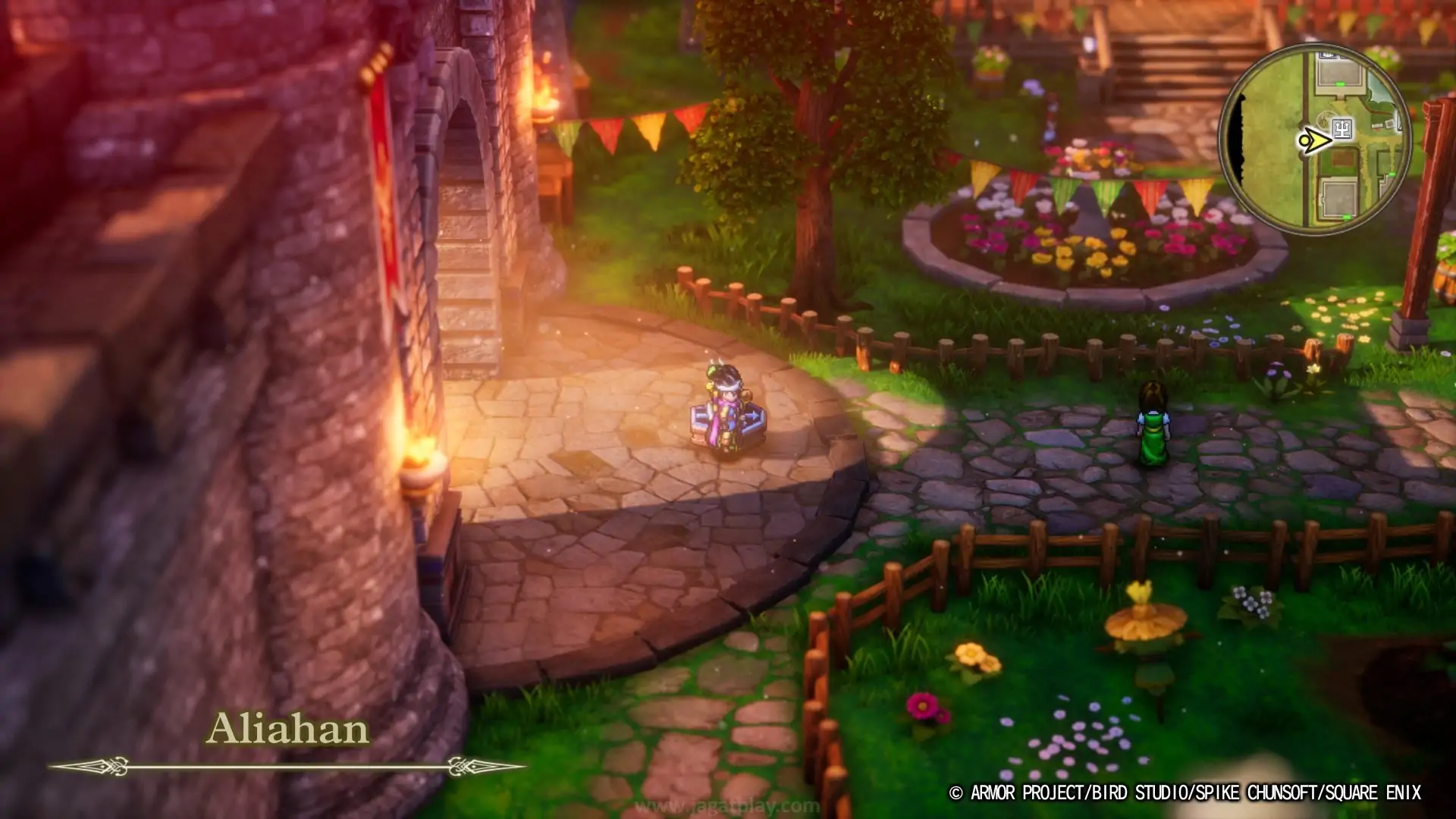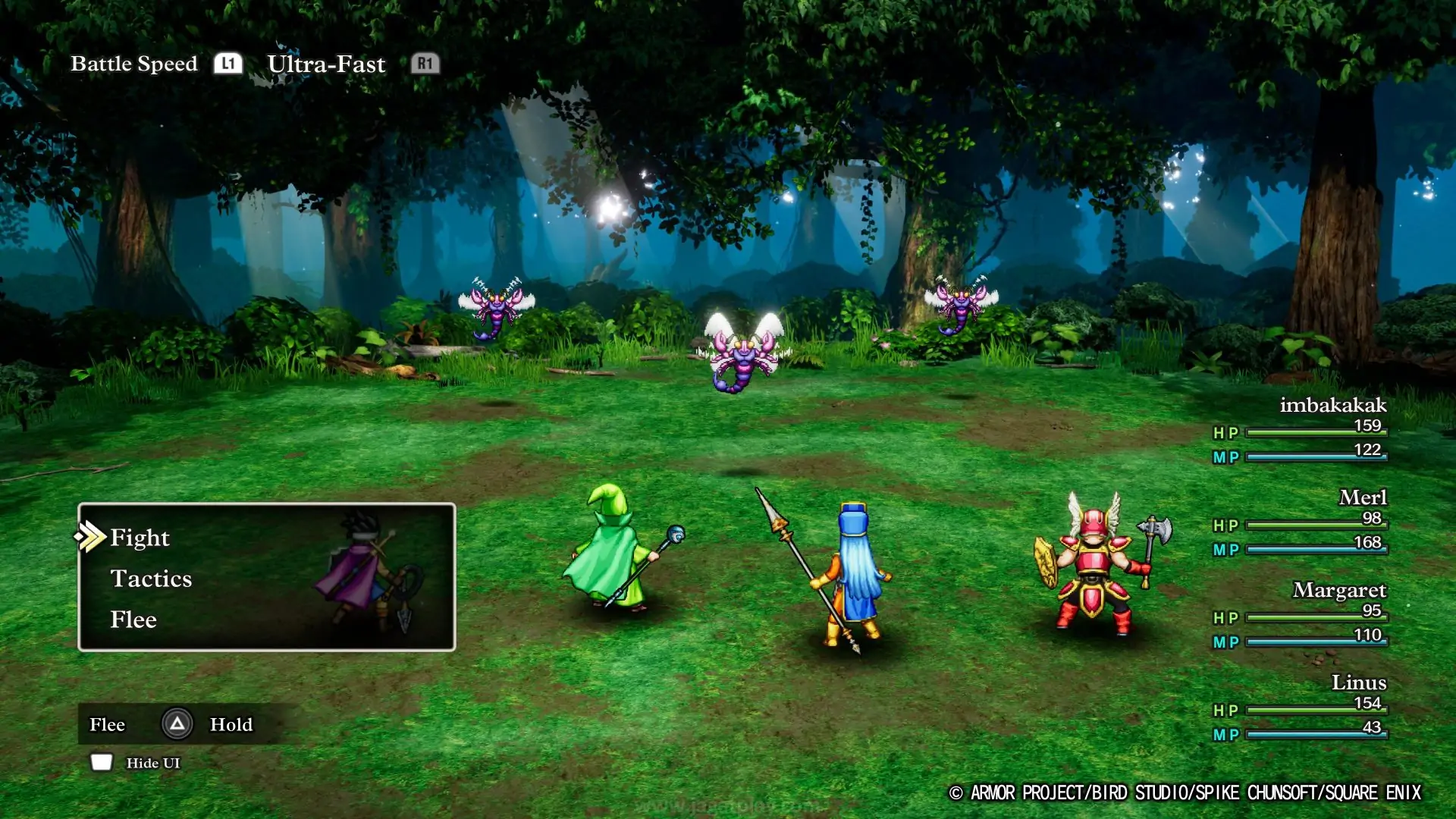Almost every JRPG enthusiast understands one undeniable truth: Square Enix’s HD-2D engine is one of the most effective tools for bringing a plethora of classic JRPG series into the modern era.
By retaining pixel art as its foundation while blending it with stunning three-dimensional worlds and visual effects, the initial implementation seen in *Octopath Traveler* a few years back sparked hopes that this approach would become the standard for future projects.
However, what has transpired? Despite this potential, Square Enix seems disinterested in utilizing it more frequently for their remaster projects.
Instead, we’ve seen a rise in remastered titles, including several older Final Fantasy series, which have often relied on a subpar mobile presentation approach. The “refinement” of textures pushed by Square Enix has unfortunately caused some of these classic games to lose their unique charm and identity. Thankfully, the long-held hopes of gamers have finally been answered.
The HD-2D visuals are being applied to the legendary Dragon Quest series, which boasts a devoted fanbase worldwide, especially in Japan. The good news? A series of screenshots and trailers released have showcased a significant visual upgrade.
So, what exactly does the Dragon Quest III HD-2D Remake offer? Why do we refer to it as a “time machine”? This preview aims to explore these questions in depth!

HD-2D: The Optimal Choice!
Before diving into what the Dragon Quest III HD-2D Remake has in store from our gameplay session, let’s first outline the type of content we experienced. Thanks to a special invitation from Square Enix, we had the opportunity to play through approximately 6-7 hours of the *Dragon Quest III HD-2D Remake*, giving us plenty to discuss.
While we anticipate a lengthy journey to complete the storyline, the experience offered is somewhat reflected in our preview session.
A common concern among veteran JRPG gamers revolves around how effectively HD-2D elevates the Dragon Quest III experience. We warmly welcome this modernization. Similar to what was seen in *Octopath Traveler*, the exploration in *Dragon Quest III HD-2D Remake* showcases visuals that maintain the pixel-art style within a three-dimensional setting.
Modern visual effects, such as shadows for units and depth of field while navigating specific areas, are also present. Indeed, this represents the ideal process for remaking classic JRPGs, realized beautifully.

However, there’s something distinctive about this visual approach. Unlike *Octopath Traveler*, which also features similar visuals during combat, the *Dragon Quest III HD-2D Remake* presents a different feel. Whether it’s due to the first-person camera angle, character placement, or the scale compared to the surrounding environment, you will notice a stronger 2D essence here.
Upon closer inspection, it employs the same foundational visualization but produces a more pronounced 2D effect, both for your team’s character models and the enemies you face. The HD-2D effect is particularly vivid when you use active skills, such as various elemental spells, which appear in 3D with clearly defined pixel art. If you’re a gamer who craves a more “pixelated” aesthetic in this regard, you might find this slightly disappointing.
Regarding mission structure, players are now given options at the start of the game. If you’re a younger gamer who prefers to avoid frustration and doesn’t want to read every hint, *Dragon Quest III HD-2D Remake* now offers a feature that brightly highlights where you need to go next to progress the story.

On the other hand, for those wishing to experience the nostalgia of deducing clues and carefully reading dialogues, that option remains available as well. In today’s era, we personally lean towards location hints to mitigate any potential frustration.
The essence of classic gameplay also persists in the structure of several side missions. We commend Square Enix for maintaining this design, where side quests are triggered and completed without relying on a journal system for tracking actions like many modern games do.
Most “side missions” in Dragon Quest III HD-2D Remake will be found and completed through accidental exploration and paying attention to dialogues. While they may not significantly impact the main story, they often lead to enticing equipment or accessories that are hard to resist.
This will provide an exciting challenge for players seeking out these quests to complete, as well as extra activities for those relying on walkthroughs in the final version. As for the audio, including additional voice acting? While it modernizes the experience, we don’t necessarily find it automatically more immersive.
